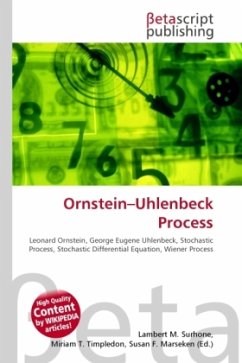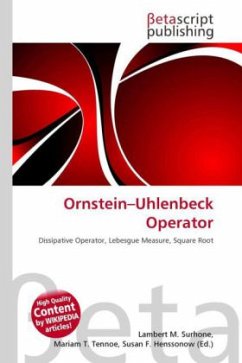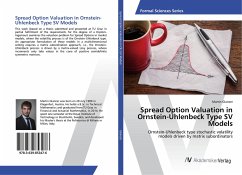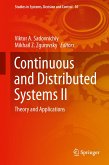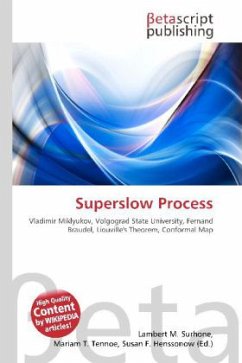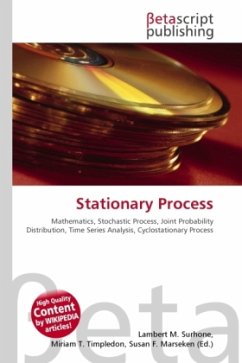Please note that the content of this book primarily consists of articles available from Wikipedia or other free sources online. The Ornstein Uhlenbeck process is one of several approaches used to model (with modifications) interest rates, currency exchange rates, and commodity prices stochastically. The parameter represents the equilibrium or mean value supported by fundamentals; the degree of volatility around it caused by shocks, and the rate by which these shocks dissipate and the variable reverts towards the mean. The Ornstein Uhlenbeck process is an example of a Gaussian process that has a bounded variance and admits a stationary probability distribution, in contrast to the Wiener process; the difference between the two is in their "drift" term. For the Wiener process the drift term is constant, whereas for the Ornstein Uhlenbeck process it is dependent on the current value of the process: if the current value of the process is less than the (long-term) mean, the drift will be positive; if the current value of the process is greater than the (long-term) mean, the drift will be negative. In other words, the mean acts as an equilibrium level for the process.


